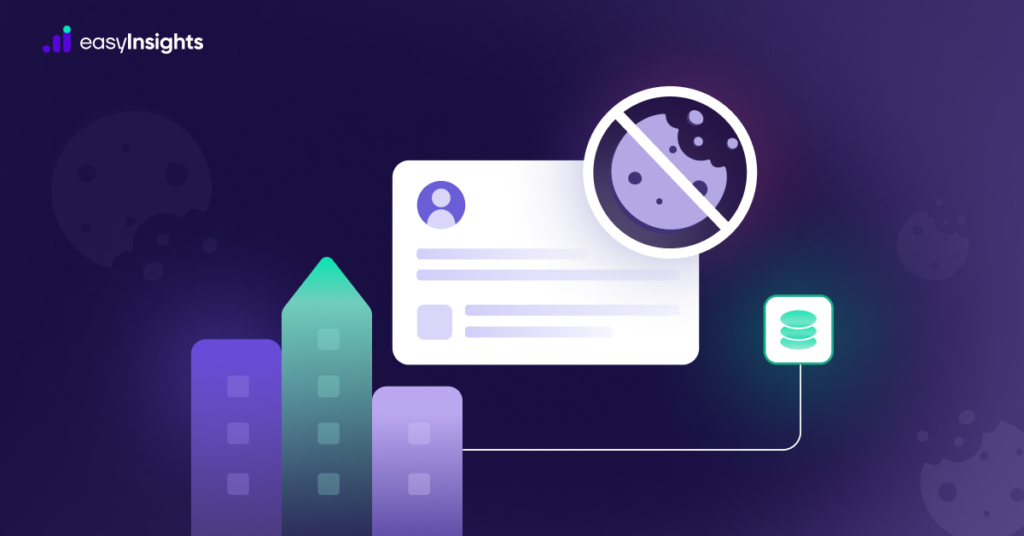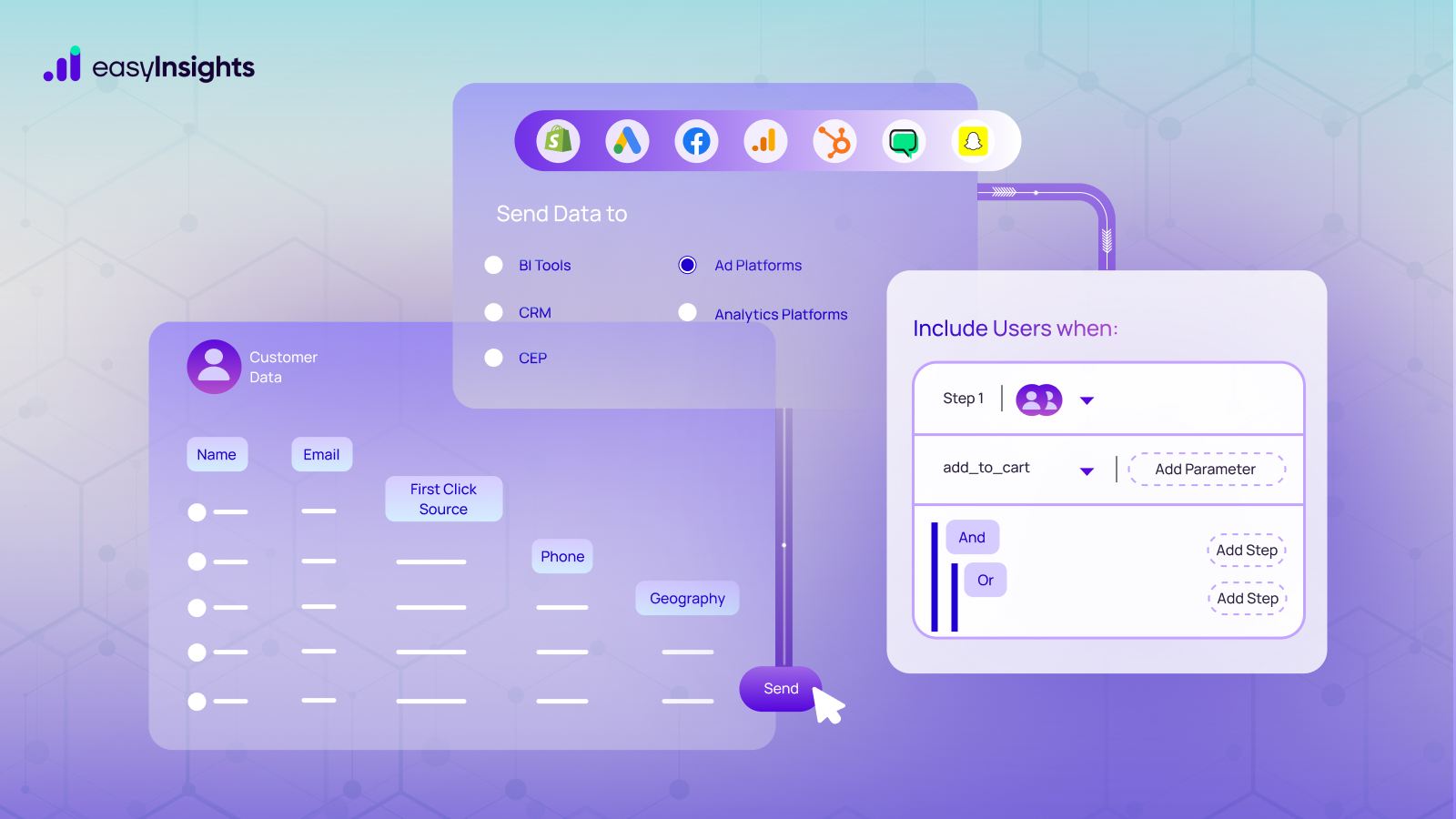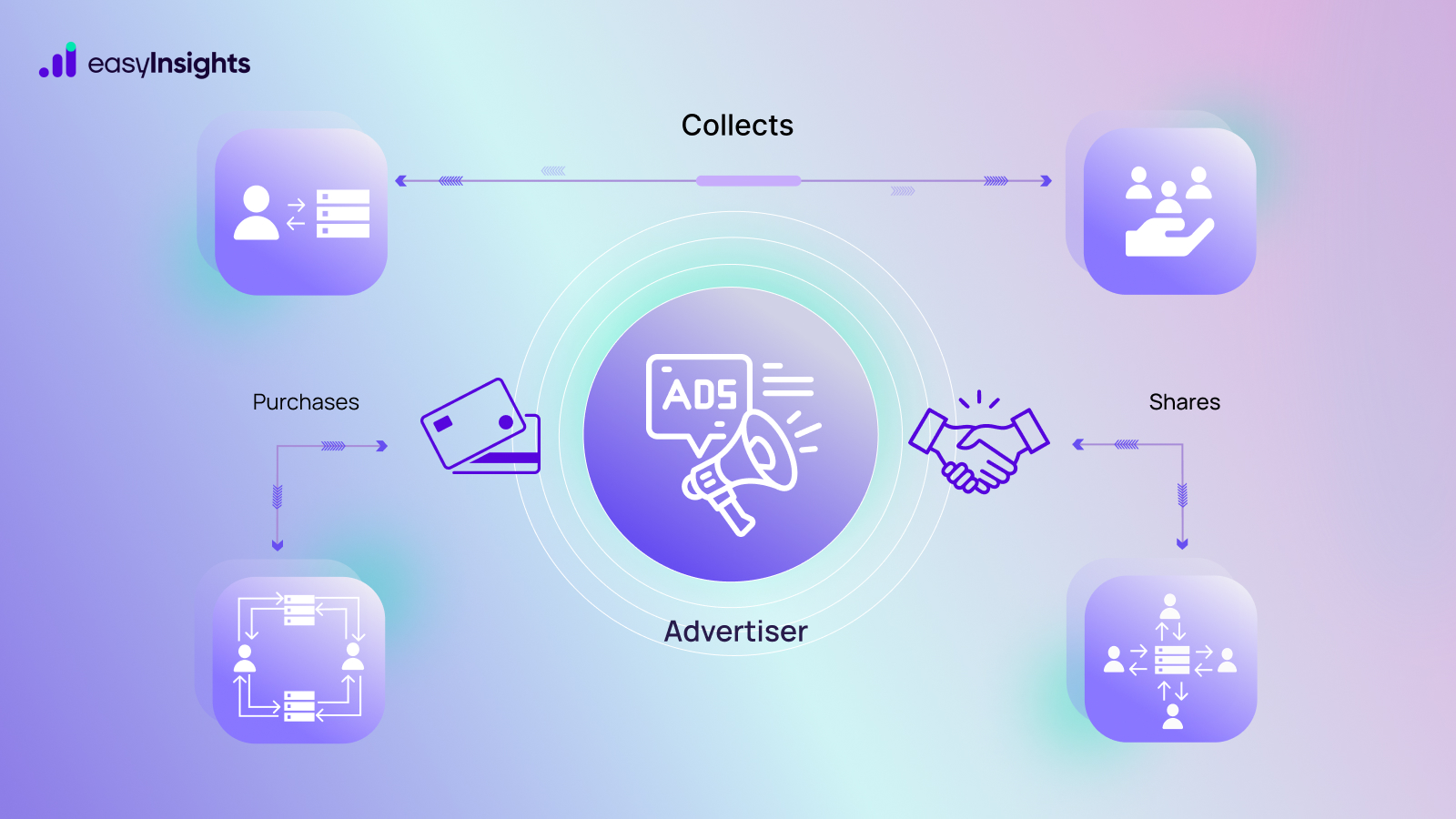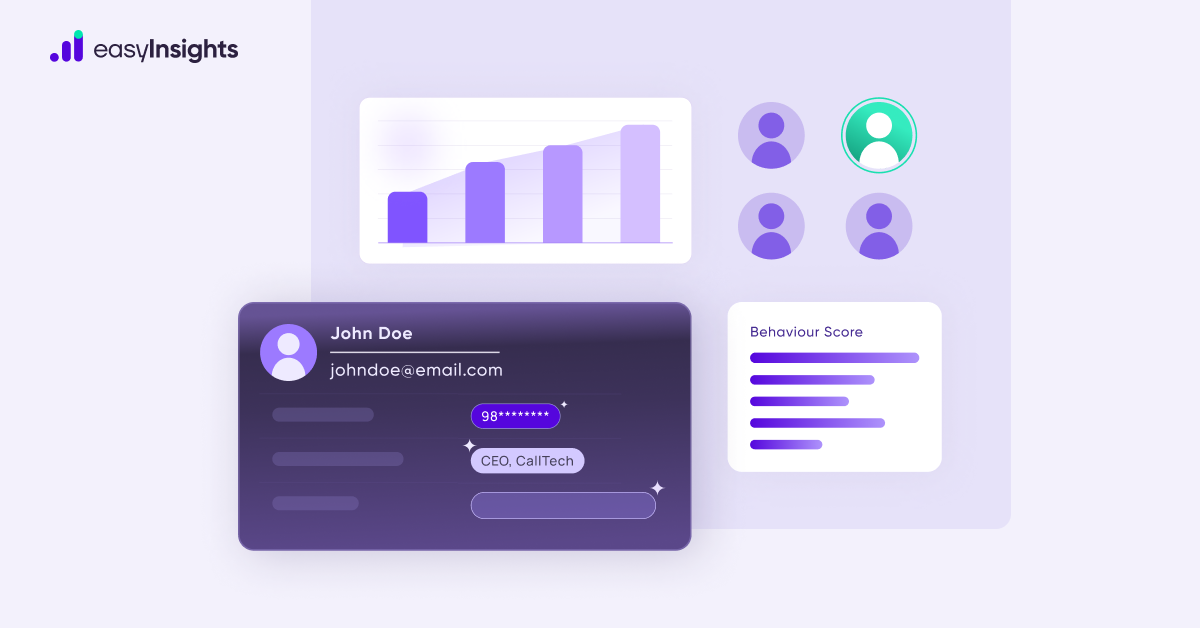
You’ve probably heard that Google blocked third party cookies for 1% of Chrome users, around 30 million people, on January 4th, 2024. It plans to retire third party cookie for 100% of users by the start of 2025.
While most people welcome this step as it ensures better privacy on the Internet, B2B marketers are in a bit of a quandary. They wonder what it means for marketing. Are they in for a big overhaul once third party cookies are gone?
Well, as the door for third party cookies closes, another has opened up to the world of cookieless marketing. And don’t forget that your first party data is still safe. So, join us as we explore the impact of disappearing third party cookies on B2B marketing and what you must do to navigate this situation.
Jump ahead to:
Why Is Google Removing Third Party Cookies?
Google has been planning to get rid of third party cookies since 2022. However, it delayed the process so developers and marketers could make amends to their workflows and adapt them to the future, which is cookieless marketing. Here are three primary reasons behind Google’s decision:
1. Users Don’t Like Third Party Cookies
Brands use two types of cookies to track users: first party and third party cookies. First party cookies are what your site uses to store data like login details, language settings, and so on of your visitors, helping you optimize their user experience.
On the other hand, you place third party cookies on other websites to track their visitors for purely advertising purposes. That’s why users have a problem with these cookies in particular. Don’t believe us? Just look at the number of people who rely on ad blockers to prevent sites from activating third party cookies and serve them ads.
2. New Privacy Regulations
Growing demand for privacy on the Internet has led to countries across the globe implementing stricter data protection laws. The General Data Protection Regulation (GDPR) and the California Consumer Privacy Act (CCPA) are some landmark regulations that have forced companies to rethink how they collect, store, and use information.
A critical requirement under these laws is to restrict the use of third party cookies for data collection. Failing to comply with this requirement would attract heavy penalties for companies. Looking at the current landscape, the last thing Google wants is another lawsuit.
3. Anti-Competitive Practice
Companies like Apple and Firefox have already blocked third party cookies from their browsers. Moreover, Facebook recently had to pay $725 million to settle a privacy lawsuit for sharing data with third parties without users’ consent. Considering that Google dominates almost 70% of the search market, the continued use of third party cookies gives it an unfair advantage.
How to Excel at B2B Marketing Without Third Party Cookie?
With third party cookies gone, there’s only one way to see success in B2B marketing. And that’s to adopt a cookieless marketing strategy. Here are some tips to help you get started:
1. Activate Zero Party and First Party Data
Even with the deprecation of third party cookies, data is still the lifeblood of digital marketing. You’ll continue to use it, given you collect it from your audiences firsthand. We’re talking about zero party data and first party data.
Zero party data is information that users provide you voluntarily. Surveys, polls, sales calls, and inquiries are common sources of zero party data. On the contrary, first party data is information you collect from users, such as emails, demographics, purchase history, and login credentials.
You can collect valuable user data from your website using first party cookies. Yes, you can still use these cookies without any issues. You can also use your software, analytics platforms, and CRMs to gather more first party data.
The data you collect directly from your users is more accurate and allows you to understand their needs and wants deeply. After carefully cleaning and analyzing zero and first party data, you can activate it across your martech stack using data activation platforms such as EasyInsights to power your campaigns.
Additional Read: How to use First Party data for your e-commerce brand
2. Enrich Your Existing User Data
Since you can’t track users all over the Internet, you’ll need to utilize data enrichment to fill gaps in your data. However, data enrichment in the age of privacy-first marketing is a bit different and requires extra measures to safeguard user data.
First, you’ll need a data activation or customer data platform that can collect data from various touchpoints across multiple channels. You can also leverage a technique called progressive profiling, wherein you gradually collect new information from users every time they use your app or website.
Before you can enrich your data, you must also remove personally identifiable information and encrypt data to anonymize consumer data. This is essential so data can’t be traced back to any individual. Then, you can unify all this data and create centralized customer 360 profiles that you can use to inform your marketing decisions.
3. Switch to Permission Marketing
We mentioned earlier how Facebook had to pay $725 million in settlements for sharing data without users’ consent. To avoid similar situations, you must change the approach and embrace permission marketing.
It’s a fairly simple concept. Before sending promotions to your audience, you give them a choice to opt-in to receive your promotional messages, be it through ads or emails. Audiences can always choose to opt out.
In the post-GDPR world, where users’ consent takes precedence, permission marketing is a safe and inexpensive way forward. It allows you to respect your users’ boundaries while also generating quality leads for your marketing campaigns.
All you need to do is integrate a consent collection mechanism across multiple touchpoints in a user’s journey, like your website, app, or during checkout processes. You can also establish offline opt-in procedures for in-store interactions.
By giving users the option to not receive your communications, you filter out would-be bad leads. You can remove them from your targeting lists, freeing your time and resources for users who opt in. These are your warmer leads which can confidently pursue as they are willing to receive your messages and more likely to convert into paying customers.
4. Use Reverse IP Tracking to Serve Targeted Ads
The biggest casualty of disappearing third party cookies is advertising. With no additional user data to power your campaigns, how can you reach out to a wider audience? IP targeting powered by reverse IP tracking technology is the way to go.
IP targeting involves delivering personalized digital ads to users based on using their IP addresses. This requires you to rely on a reverse IP tracking or lookup tool which tracks the IP addresses of visitors and uses that data to identify their organization and geographical location.
How does this help you? By precisely identifying the business associated with a visitor’s IP, you can serve ads tailored to their needs and wants across their organization. Since your ads are more relevant, they are more likely to bring engagement and conversions.
And don’t let the term “IP tracking” make you think it’s an overly invasive technique. It is a privacy-friendly approach as it only uses IP to identify the business type and its location. It does not require you to collect any personal information about the visitor.
5. Experiment with Contextual Advertising
Besides IP targeting, contextual advertising also provides an effective alternative to cookie-based ads. Instead of serving ads based on behavior, you display ads based on the content the target audience is consuming.
For instance, a cloud security provider knows that its prospects read a popular cybersecurity blog. The vendor can use this information to promote its security solution on that blog. Therefore, ads are more relevant to the end users, which can increase the likelihood of them engaging with your ads.
Additional Read: Farewell to Third-Party Cookies: Refining Retargeting Tactics
6. Leverage Content Marketing and SEO
If you still don’t have an established content marketing strategy, you are leaving organic website traffic and tons of leads on the table. Content isn’t just a cost-effective way to engage with audiences. It can also help you boost visibility on Google search.
To begin with content, you’ll need to research your customers’ pain points and find out what questions they ask. It’s also a good practice to map your content to different target groups’ stages in the customer journey. This way, you can serve the right content at the right time, helping you boost engagement and nurture leads.
Besides quality content, you’ll also need SEO to get better SERP rankings. However, SEO isn’t just topic and keyword research. You must also focus on improving your site’s loading speed, adding intuitive navigation, implementing a backlink strategy, and more.
Embrace Cookieless Marketing with EasyInsights
Third party cookies are going away, but that doesn’t change the fact that the success of B2B marketing depends on data. In fact, now is the perfect time to get more aggressive and implement a data-driven marketing strategy. Collect zero and first party data, enrich it for better accuracy, and rely on contextual ads and IP targeting. And don’t forget to seek permission from users before sending them promotional messages.
If you need assistance in transitioning to a cookieless marketing strategy? EasyInsights is there to help.
EasyInsights is a data activation platform for seamlessly onboarding and activating first-party data. The platform collects all your zero and first party data under one roof, allowing you to build comprehensive customer 360 profiles.
You can sync these profiles downstream and use them to inform your marketing decisions. Not only that, EasyInsights also allows you to enrich your data, segment target groups, build lookalike audiences, and suppress audiences to achieve maximum ROI on your advertising spend.
Book a demo with us today and activate your first party data!








